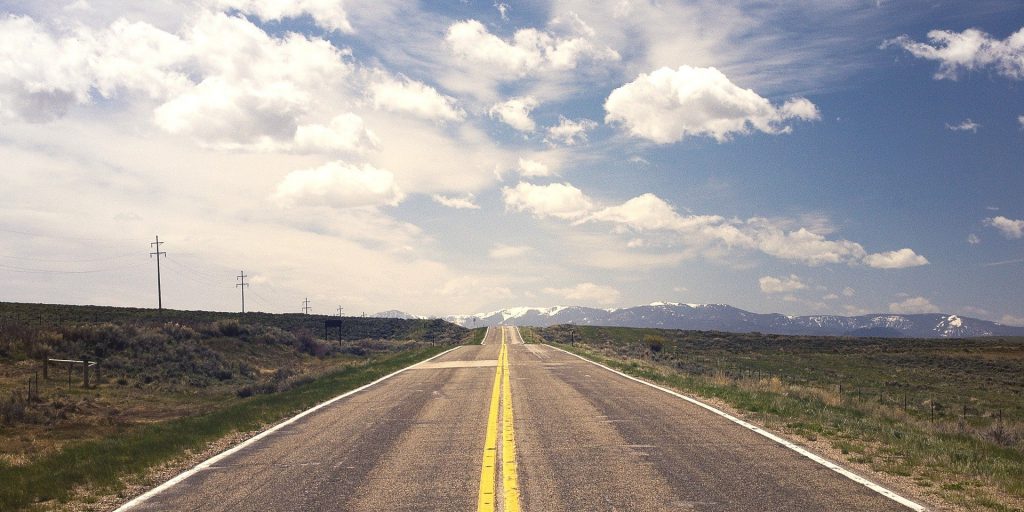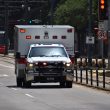Transportation program distributes $2.2 billion for projects—double last year’s amount
When it comes to repairing and replacing infrastructure, there’s a clear priority for administrators of American cities and counties: roadways and transportation. In a recent survey of government leaders, more than 57 percent reported roads in their communities were in the greatest need of improvement.
In the analysis, published by Cartegraph and Government Technology’s Center for Digital Government, 73 percent of respondents indicated that funding is “a pressing need.” Behind roadways, administrators ranked broadband (35 percent), bridges and tunnels (34 percent), stormwater (34 percent), buildings and facilities (34 percent) and public transit (32 percent).
“Once in a generation funding is coming our way. It’s incumbent upon us to not only reimagine the future, but also commit ourselves to rebuilding for that future,” said Nick Kittle, government performance and innovation coach at Cartegraph in a statement.
That repairing roadways were ranked the highest priorities for communities isn’t a surprise—the sometimes derelict state of American roads has been well documented in communities across the nation. The American Society of Civil Engineers’ annual Report Card for America’s Infrastructure gave the nation’s roadways a “D” rating this year. The report noted frequent underfunding as a driving cause, concluding that “over 40 percent of the systems is in poor or mediocre condition.”
Meeting this national need, a substantial tranche of the $1.2 trillion Bipartisan Infrastructure and Jobs Act targets transportation infrastructure. Besides standing up new programs, it’s bolstering the coffers of old ones. This year, for example, the Department of Transportation’s RAISE program—which helps urban and rural communities modernize roads, bridges, transit stations, rail, ports and other modes of travel—has given out more than $2.2 billion to 166 projects in all 50 states. The funding represents an increase of more than double the amount awarded last year under the same program.
It’s impacting local governments in a big way.
Among those programs that’ve received funding, for example, is a $11.3 million grant awarded to Pittsburgh, Penn., to revitalize the Hill District neighborhood. The project will improve pedestrian infrastructure and make other enhancements to safely connect low-income residents to transit hubs and employment opportunities. New electric vehicle charging options and stormwater infrastructure upgrades will contribute to environmental sustainability.
“In order for the Hill to rise and reclaim its former vibrancy as the center for Black cultural and economic life in our city, we must address the decisions from the past in order to correct the harm,” Pittsburgh Mayor Ed Gainey said in a statement. “This grant is not just an investment into essential infrastructure. It is an investment into a New Pathway to Equity and an investment in correcting those long standing harms.”
Pittsburgh will receive another $25 million to improve seven high-crash corridors. Proposed improvements include traffic safety treatments, signal modernization, ADA accessibility improvements, and various roadway upgrades.
An information sheet published by the Department of Transportation documents projects like this, funded by the same program, that are currently getting started in counties, cities and Tribes across the country.
Elsewhere, in Alaska, the Qawalangin Tribe of Unalaska State is building a new dock through the program to increase its terminal capacity. The $22 million project will encompass a barge ramp, a dock, three mooring dolphins and develop more than 5 acres of adjacent container storage yard area.
Stamford, Conn. has been awarded $2.1 million to improve safety at nine dangerous intersections by adding more visible crosswalks and shortening crossing distances. The need for the upgrades is clear.
“There have been 480 collisions with 101 injuries over a four year period at the nine intersections in the project area. This area is ranked top three for total number of injury crashes in the city, and ranked first for pedestrian crashes, with an average of 5 pedestrian crashes per year,” the project’s description reads.
And in Colorado, the state’s department of transportation has been awarded $24 million to improve parking lots, and bicycle and pedestrian pathways in three mobility hubs—Grand Junction, Rifle and Glenwood Springs. The funding will also be used to improve roads along the I-70 Business Loop.
As communities take advantage of the unprecedented amount of funding that’s pouring into communities via competitive and non-competitive programs, federal agencies have been empowered to support more local projects “than ever before,” said U.S. Transportation Secretary Pete Buttigieg. “We are proud to support so many outstanding infrastructure projects in communities large and small, modernizing America’s transportation systems to make them safer, more affordable, more accessible, and more sustainable.”




















